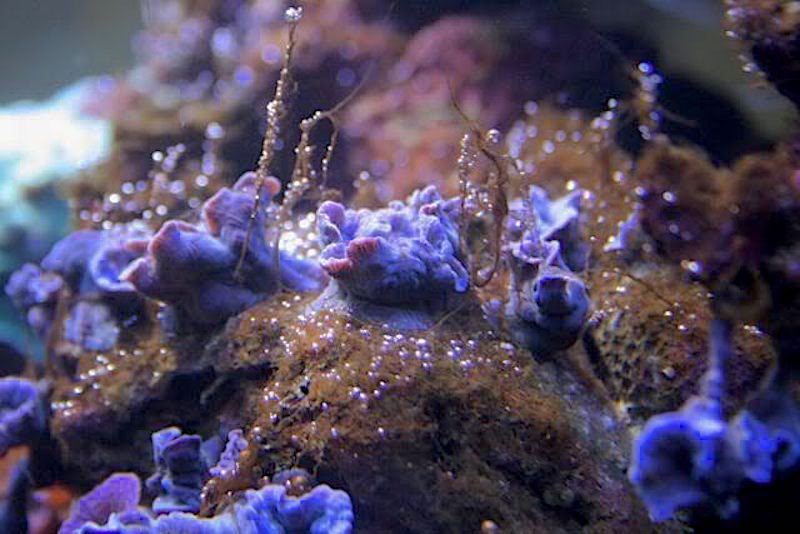- Joined
- May 9, 2019
- Messages
- 619
- Reaction score
- 302
So as the title says, the dinos in the video below survived a 5 day black out, all while dosing dino x. Does anyone have an idea as to the species? (excuse my kids popping bubble wrap in the background, you can just turn the volume down). I took some screenshots of the videos that wouldn't upload.
Long version is that I've been battling dinos since about Nov. I have a 7ft 300g mixed reef. Nutrients had bottomed out for several months combined with 2 sand sifting star fish that decimated my sand bed fauna, Despite raising nutrients, I can't seem to get rid of them. I've tried multiple 3 day black outs, Dr. Tim's recipe for dinos, dosing microbacter, elevated temps for a week, dosing silica, plumbing UV to/from display, and now I'm on dose 6 of Dino x after doing a 5 day blackout. I also got a piece of live rock from my LFS about a week ago to help change up the bacterial diversity. By the end of the blackout, the sand and rocks were completely clear. Within 2 hours of turning on my blues at only 50%, the dinos already started to come back. I'm really starting to feel defeated here. Does anyone know if there's any harm in dosing dino x and hydrogen peroxide? Or dosing microbacter on alternate days of the dino x?
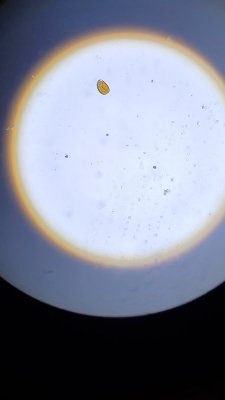
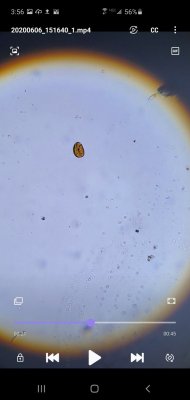
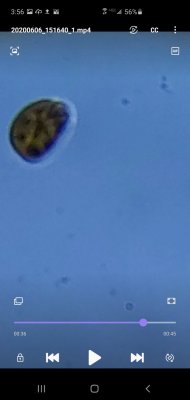
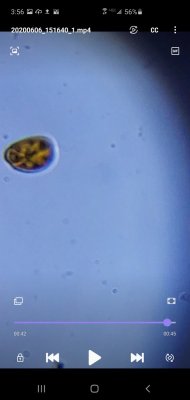
Long version is that I've been battling dinos since about Nov. I have a 7ft 300g mixed reef. Nutrients had bottomed out for several months combined with 2 sand sifting star fish that decimated my sand bed fauna, Despite raising nutrients, I can't seem to get rid of them. I've tried multiple 3 day black outs, Dr. Tim's recipe for dinos, dosing microbacter, elevated temps for a week, dosing silica, plumbing UV to/from display, and now I'm on dose 6 of Dino x after doing a 5 day blackout. I also got a piece of live rock from my LFS about a week ago to help change up the bacterial diversity. By the end of the blackout, the sand and rocks were completely clear. Within 2 hours of turning on my blues at only 50%, the dinos already started to come back. I'm really starting to feel defeated here. Does anyone know if there's any harm in dosing dino x and hydrogen peroxide? Or dosing microbacter on alternate days of the dino x?











